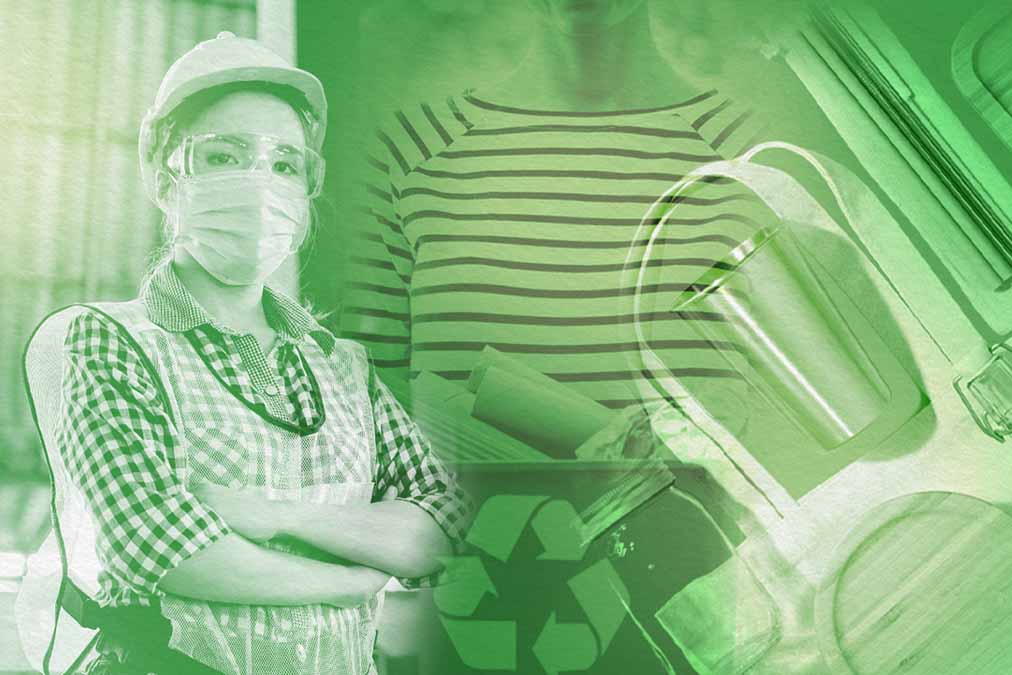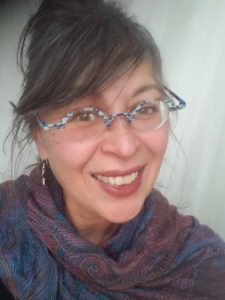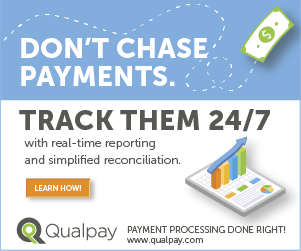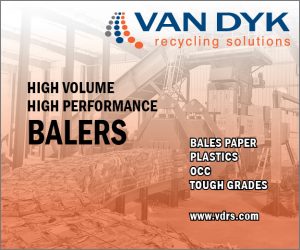
In this month’s edition of “Women in Circularity” we meet Kimiko Link of the U.S. EPA.
Welcome back to “Women in Circularity,” where we shine a light on women moving us toward a circular economy. This month, I connected with an EPA scientist and advisor who is an expert in sustainable materials management: Kimiko Link. Kimiko is an environmental scientist and project officer for the U.S. EPA Region 2 materials management, disaster recovery and resilience programs. Kimiko leverages citizen participation and public engagement in creative problem solving, and continually seeks to crowd-source and crowd-vet local and global solutions.
How have the people in your life informed your career path?

Kimiko Link
Growing up in a family of Japanese and European immigrants of very modest means, with parents and elders who lived through World War II and the Great Depression, was probably the most formative influence on my young mind and future career endeavors. My parents’ generation, and those who came before them, were all heroes in their own right and persevered to move society forward while “making do, or doing without.” They saw the inherent value in all materials, were “waste not, want not,” conservation-minded, keenly aware of scarcity and supply-chain issues, and very creative in reusing all materials, from coffee containers to broken shoestrings.
My parents would wash aluminum foil and Ziploc bags; turn milk containers into funnels, organizers and concrete forms; and transform every type of scrap into something useful. They celebrated their ingenuity in rescuing discards, and rather than feeling embarrassed for repurposing stuff from the dump, they would righteously point out that those who discarded useful materials should be ashamed for being so wasteful. Much to my neighbors’ chagrin, I have continued their tradition of repurposing everything and anything.
Fast forward to now, and another great “shero” of mine and probably the single most influential person in my adult career is the person asking me this question – MaryEllen Etienne, founder of Reuse International. She is the reuse community’s muse, the goddess of all things reuse. Decades ago, before reuse was fashionable, she helped develop it as its own sector. It was previously relegated as an afterthought to recycling. The groundbreaking work she did building the reuse community into a force for sustainability is evident everywhere now, as she inspired so many with her intuitive community impact research, the first bilingual materials exchange program, “Master Reuser” trainings, business development workshops and her brilliant ReuseConex conferences – bringing the world of passionate reusers together to learn from one another and celebrate their creative vision. The connections I made through those events have been lifelong, invaluable to my career and have really shaped who I am today as much as my childhood did. I look forward to the next ReuseConex gathering someday soon.
And my list would not be complete if I didn’t mention the other reuse heroes and sheroes who inspire me: Diane Cohen (Finger Lakes ReUse), Dave Bennink (ReUse Consulting), Justin Greene (Build it Green! NYC), Peter Mui (Fixit Clinic), Stanley Selengut (Maho Bay Camp Trash to Treasure), Harriet Taub (Materials for the Arts), Jobu Kaipat (Northern Mariana Islands DEQ), John Harder (Zero Waste Kaua’i), David Alloway (Oregon DEQ), Timonie Hood (EPA Region 9) and Ashley Zanolli (EPA Region 10).
How does your work highlight the important link between sustainable materials management and island communities?
I work primarily in the U.S. Virgin Islands coordinating $500 million in federal funding that helps develop programs to divert valuable commodities from the discard streams and build local markets to capture their value – thereby addressing environmental and public health concerns, saving financial resources, creating green jobs, developing a green economy and building resilience.
Recently, I have been spearheading an effort to connect islands worldwide through efforts to reactivate and broaden the scope of ReCaribe (a Caribbean-based materials management platform) with my Pacific Islands and global counterparts, host an international islands sustainable materials management (SMM) speaker series, develop a database of SMM nature-based solutions and best management practices from around the world and build a worldwide islands community of those passionate about SMM. I seek to highlight the intersectionality of SMM with all sector areas, help shed light on the climate impacts of SMM decisions, and explore the many ways we can embrace these opportunities to build a more resilient, sustainable, equitable, creative and uplifting world.
Can you tell us about an interesting volunteer project you have been involved in?
One of the most impactful volunteer efforts has been helping develop the U.S. version of the Dutch-inspired Repair Cafe movement with another hero, the late great John Wackman, and other passionate zero wasters. John built the repair movement locally to over 40 communities and, with Elizabeth Knight, he co-authored “Repair Revolution.” John envisioned repair gatherings in every community, everywhere in the world, repairing not only broken items but also broken spirits, and building community along the way.
The Repair Cafe movement honors the Japanese art of Kintsugi (金継ぎ), repairing broken pottery with gold, as well as mottainai (勿体無い), the feeling of regret when something is wasted, and mushin (無心), the acceptance of change in an existential way through embracing our flaws and being even more beautiful for our healing and repairing of them. We will carry on John’s vision and aim to inspire and facilitate Repair Cafes worldwide. Reach out to me and let’s get one started in your community today.
Have you ever had an “aha” moment that changed how you think about the circular economy?
My life has been an endless series of “aha” moments due to my upbringing, my culture and how my brain is wired. Every time I look at an object I think about the embodied energy and human resources that went into creating and distributing it, and often do quick calculations in my head based on EPA’s WARM model of the greenhouse gases associated with its production and disposal. Then my mind wanders about all of the creative options for reusing, reselling, repairing, and repurposing the item, and I fall deep into a rabbit hole. But circularity is so fun, creative and joyful, so I am hoping that all of us here will create a mass movement that helps us unravel and escape this wasting abyss, and remake our whole world paradigm into a sustainable and resilient circular system. I often reflect upon the adage that there is no such thing as a waste, there is only poor planning. As Gandhi reminded us, “Be the change you wish to see in the world!”
What documentary would you recommend to your colleagues?
The “Story of Stuff” is always a favorite for those just getting into the circular economy. I also highly recommend the “Qatsi Trilogy,” 1983’s “Koyaanisqatsi,” 1988’s “Powaqqatsi” and 2002’s “Naqoyqatsi,” which are very powerful.
MaryEllen Etienne is the creator of “Women in Circularity.” Etienne works on the Market Transformation and Development team for the U.S. Green Building Council. She has over 20 years of experience in sustainability and is a champion of the circular economy.
More from the “Women in Circularity” series
- Women in Circularity: Teresa Bradley
- Women in Circularity: Sue Beets-Atkinson
- Women in Circularity: Beth Forsberg



